Introduction to Edge Banding and Its Benefits: Why Does It Matter?
Edge banding is an essential technique in furniture making, serving as a veneer—a thin layer of material primarily used to conceal the exposed and unsightly edges of plywood and other materials like MDF. By providing this decorative concealment, edge banding helps create a perfectly finished look that mimics the appearance of solid wood edging.
One of the most common types of edge banding is adhesive-prepped veneer, often referred to as “iron-on” edge banding. This material is widely utilized in various applications, including the sides of plywood, furniture, cabinet backs, and countertops, showcasing its versatility in the interior decor and furniture-making industries.
The Benefits of Edge Banding
The advantages of using edge banding are numerous. Primarily, it covers the rough edges of your substrate, enhancing aesthetics while increasing resilience against wear and tear. This extension of durability not only prevents splintering but also provides clean finishes and smooth edges—whether they are straight, circular, or radial.
With a variety of thicknesses, materials, and widths available, the applications for edge banding are virtually limitless, making it a transformative element in both DIY and commercial projects.
Edge Banding Materials: PVC, Veneer, ABS, and More
There are several types of edge banding materials, each with its own unique attributes. The most popular include:
- PVC (Polyvinyl Chloride): PVC edge banding is favored for its durability, moisture resistance, and a wide range of colors, making it an excellent choice for kitchens and bathrooms.
- Veneer: This type of edge banding consists of a thin layer of real wood veneer, such as walnut, maple, mahogany, or cherry. Veneer edge banding offers the aesthetic appeal of genuine wood, making it ideal for furniture applications.
- ABS (Acrylonitrile Butadiene Styrene): ABS is a plastic edge banding material known for its impact resistance and ability to withstand high temperatures.
- Melamine: Known for providing a clean, glossy finish, melamine edge banding is a popular choice for cabinets.
Understanding the pros and cons of each material is essential for determining the right one for your specific project needs.
Pros and Cons of Common Edge Banding Materials
When selecting edge banding material, it’s important to weigh the advantages and disadvantages:
- PVC: Highly durable and moisture-resistant, PVC is perfect for humid environments. However, some may find its aesthetic to be somewhat synthetic compared to real wood veneers.
- ABS: Like PVC, ABS is durable and flexible, and it is environmentally friendly since it contains no chlorides. Nevertheless, it may lack the natural appearance of veneer or solid wood edging.
- Veneer: Offering an authentic wood finish, veneer edge banding enhances the overall aesthetic of your project. However, it can be more expensive than PVC or ABS, and it might not provide the same level of moisture resistance.
- Melamine: This material is heat resistant and delivers a fine, smooth finish, but it may chip over time more readily than other options.
Edge Banding Sizes: Thin, Medium, and Thick Options
Edge banding comes in various sizes, typically classified as thin, medium, and thick options, ranging from 0.018 inches to 3 mm in thickness:
- Thin Edge Banding (typically <1 mm): Ideal for projects requiring a near-seamless product, such as decorative panels and high-end furniture.
- Medium Edge Banding (1 mm – 2 mm): This is a popular choice for furniture that demands a striking design while ensuring durability.
- Thick Edge Banding (>2 mm): Adds a substantial feel to products, making it suitable for high-wear applications like kitchen counters and office desks.
Choosing the Right Thickness for Your Project
Selecting the appropriate thickness is crucial based on the intended use and visible durability of the final product. For instance, thin or medium-thickness banding works well for cabinets or bookshelves that experience light wear. In contrast, thick banding is recommended for high-wear applications, such as kitchens and workspaces.
| Edge Banding Size | Thickness Range | Features | Suitable Applications |
|---|---|---|---|
| Thin | <1 mm | Seamless finish; flexible and easy to apply | Decorative panels; high-end furniture |
| Medium | 1 mm – 2 mm | Strong and durable; visually striking finish | Smartly designed furniture; durable products |
| Thick | >2 mm | Very durable; substantial feel | Worktops; high-wear areas |
Edge Banding Adhesives: Pre-Glued, Iron-On, Laser, and More
Edge banding adhesives come in several forms, including pre-glued, iron-on, hot air, hot-melt glue, and laser options.
- Pre-Glued Edge Banding: This type features a hot-melt adhesive on one side that adheres firmly to the substrate once heated.
- Iron-On Edge Banding: As the name suggests, this method requires a household iron or hot air gun to melt the adhesive and bond it to the edge.
- Hot-Melt Adhesive: Popular for larger projects, this adhesive offers a strong bond and quick setup time, along with resistance to heat and chemicals.
- Laser Edge Banding: This method involves using a laser to liquefy the adhesive, creating a bond between the edge banding and the panel.
Picking the Best Adhesive Type for Your Needs
Choosing the right adhesive type depends on your project’s scale, the materials you’re using, and the type of edge banding selected. For small DIY projects, pre-glued or iron-on edge banding is often suitable, as they are user-friendly and can be applied with a household iron or a budget-friendly hot air gun.
For larger, professional-grade projects, hot-melt adhesives or laser techniques may be preferable, as they provide a firmer bond essential for furniture pieces that experience frequent use or are intended for commercial settings.
Applying Edge Banding: Techniques for Each Adhesive
Once you’ve chosen an adhesive, the application process begins. For iron-on or pre-glued edge banding, align the edge band on the plywood’s edge, then use a hot iron to melt the adhesive. A block of wood or roller can help secure the banding in place afterward.
For hot-melt adhesives, a hot-melt glue roller applies the adhesive to the edge band, which is then positioned on the substrate. Hold the banding in place until the adhesive cools and sets, creating a strong bond.
The laser technique, typically found in industrial settings, involves using a laser to melt a special glue layer on the edge of the banding, ensuring a seamless application.
Achieving Smooth Results: Trimming and Finishing Edges
After applying and setting the edge banding, trimming and finishing are necessary steps. There may be an overhang of the edge band that needs to be cut off. An edge trimmer can help create a clean and smooth finish.
Be cautious not to press too hard while trimming to avoid denting or damaging your workpiece. Sanding the edges after trimming can further enhance the smoothness, giving your project a polished look.
Edge Banding for Curved Surfaces and Corners
Edge banding is not limited to straight edges. With some patience and care, you can apply it to curved surfaces and corners. For these applications, flexible edge banding materials, like PVC, are particularly useful.
Ensure the edge banding is firmly pressed and adhered to avoid gaps or detachment. It may take a few tries to perfect the technique, but the results are well worth the effort.
Caring for and Maintaining Edge Banding Over Time
Proper care and maintenance can extend the life of edge-bonded materials, ensuring they continue to look good and function well. Regular cleaning with a mild detergent can help prevent dirt and grime buildup.
Over time, the adhesive may weaken, causing the edge banding to come loose. In these cases, reactivating the adhesive with heat from a clothes iron can often restore the bond. If the edge banding is too damaged or worn out, it may be best to remove it and apply a new one.
For solid wood or veneer edge banding, be mindful that fluctuating temperatures and humidity levels can cause expansion and contraction, potentially loosening the edge banding. In such cases, re-gluing or reapplying may be necessary.
Conclusion: Finding the Right Edge Banding Combination
Understanding the various types of edge banding and their properties is crucial for selecting the perfect option for your project. Whether it’s PVC, veneer, ABS, or melamine, each material offers unique benefits and potential drawbacks. Careful consideration of your project’s requirements will help guide your choice.
Furthermore, selecting the right thickness and adhesive type is essential, as these factors influence not only the aesthetic outcome but also the durability and longevity of the final product. By combining the best material, ideal thickness, and most suitable adhesive, you can ensure the success of your project.
There’s an edge banding solution for every application—whether for plywood, laminate, modular furniture, cabinet doors, or high-end woodworking pieces. It’s all about finding the right combination tailored to your specific needs.
With this comprehensive guide, you can navigate the types of edge banding and match the most suitable options to serve the form and function of your project. With practice and patience, your results can rival those of professionally crafted pieces, enhancing both your craftsmanship and the longevity of your creations.
Ultimately, edge banding is a versatile and practical solution in carpentry and DIY projects, earning its place as a staple for achieving high-quality, polished finishes.






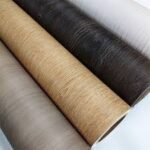


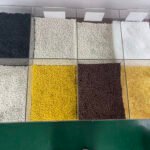





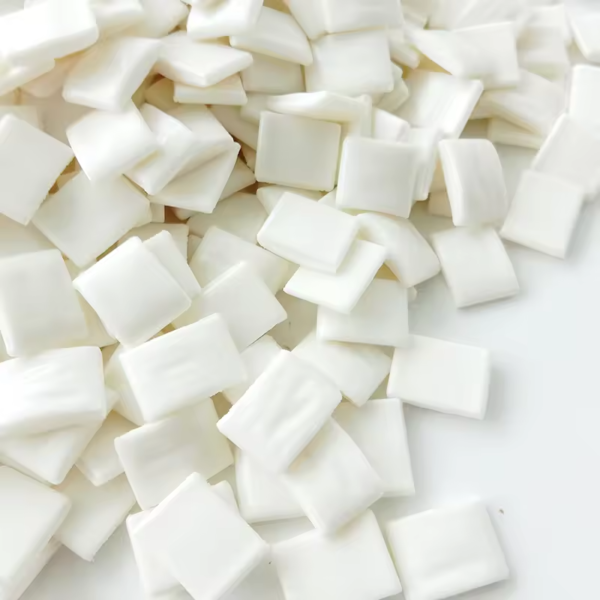

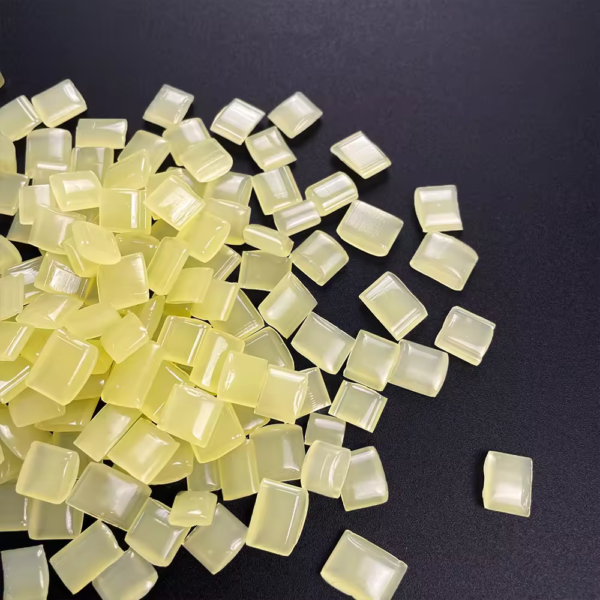

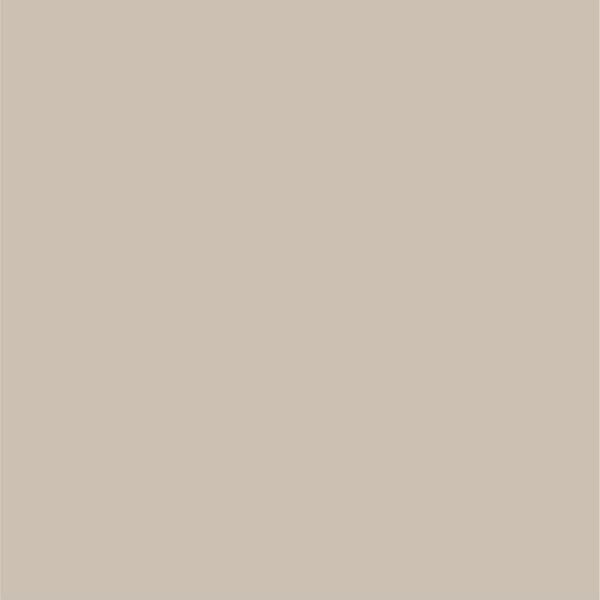
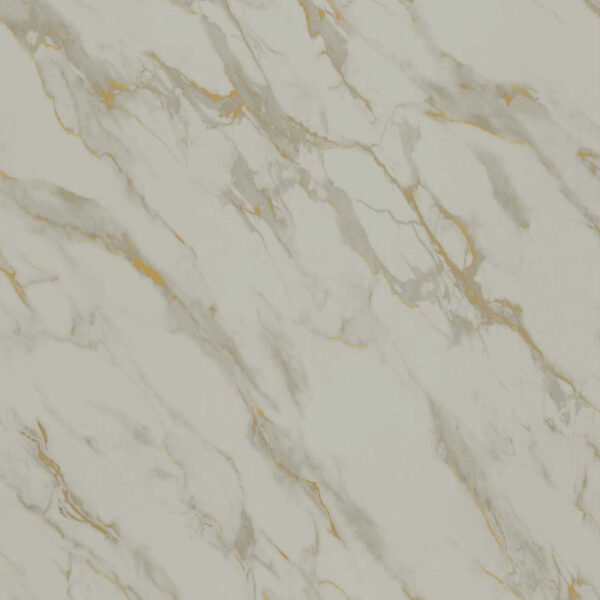

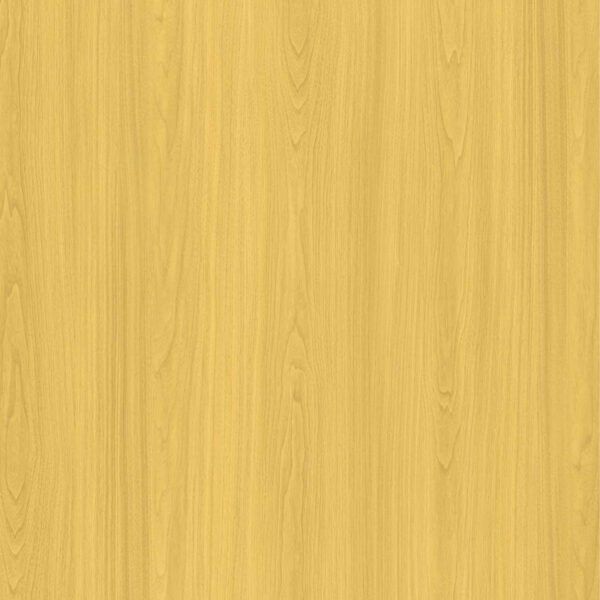


Leave a Reply